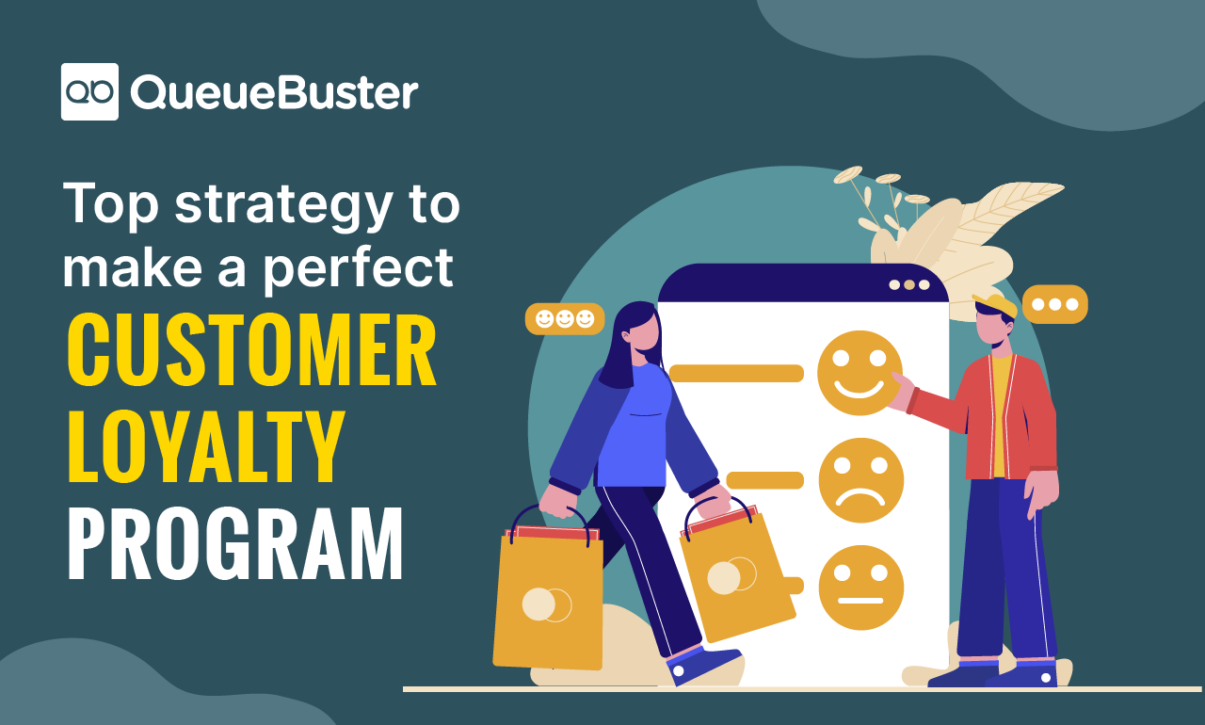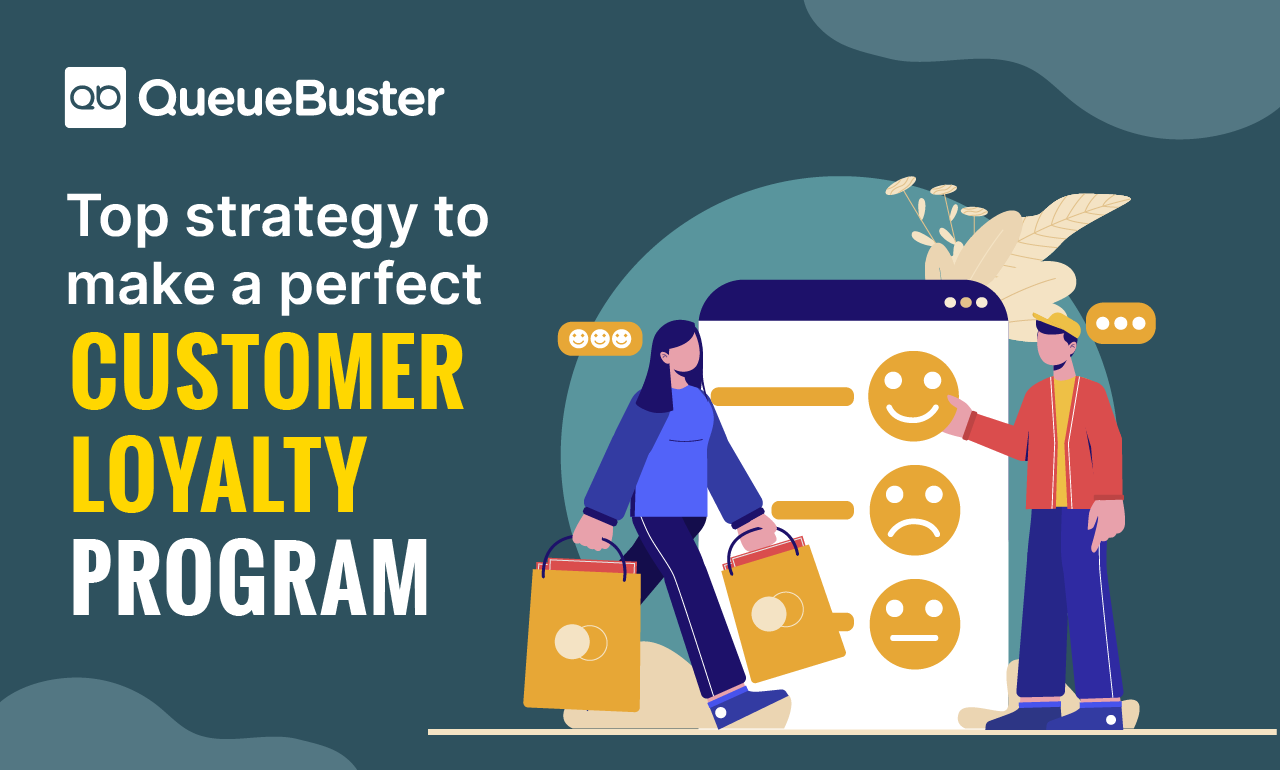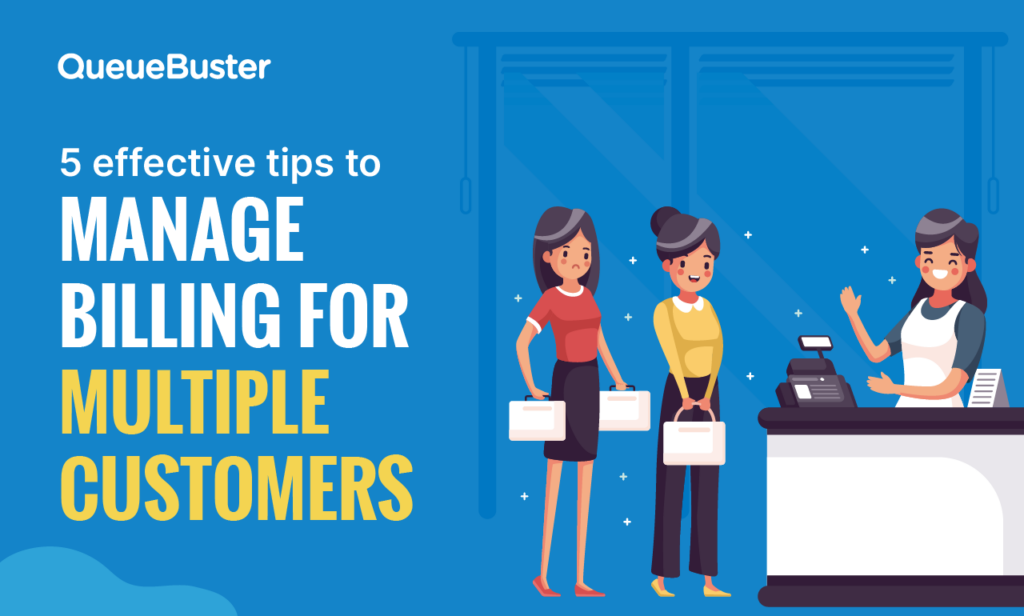
How To Create A Successful Customer Loyalty Program For Your Small Business
How To Create A Successful Customer Loyalty Program For Your Small Business

By Shreyansh Saini Published: May 3rd, 2024
A customer loyalty program is a great way for small businesses to build and maintain a strong customer base. These programs allow businesses to reward their loyal customers for their repeat business and encourage them to continue shopping with the company. Not only do loyalty programs help retain existing customers, but they can also attract new customers looking for additional perks or rewards.
This blog post will cover everything small business owners need to know about creating a successful customer loyalty program. From defining goals and choosing the right rewards to creating a user-friendly program and measuring success, we will cover all the key steps to creating a program that actually works for your business.
Defining Your Goals
· Identifying what you want to achieve with a customer loyalty program:
Before creating a loyalty program, it’s important to have a clear understanding of what you want to achieve. Are you looking to increase repeat business, attract new customers, or boost sales? By defining your goals, you can ensure that your program is designed to meet the specific needs of your business.
· Setting measurable goals for the program:
Once you have identified your overall goals for the program, it’s important to set measurable targets that will help you track progress and gauge success. This could include customer retention, sales, or new customer acquisition targets.
· Determining the target audience for the program:
To create a successful loyalty program, it’s also important to identify your target audience. Who are your ideal customers and what are their needs and preferences? Understanding your target audience can tailor your rewards and message to better appeal to them.
Error: Contact form not found.
Choosing The Right Rewards
· Types of rewards that can be offered:
Businesses can offer many types of rewards as part of a loyalty program. These can include discounts, free products or services, exclusive access to special events or promotions, or even points or cashback.
· Factors to consider when selecting rewards:
When choosing rewards for your loyalty program, it’s important to consider the value of the reward for your customers and the cost for your business. Additionally, it’s also important to consider how rewards align with your overall goals for the program.
· How to determine the value of rewards:
The value of rewards can be determined by taking into account customer feedback, sales data, and the cost of the reward to the business. Additionally, you can use surveys or other research methods to gauge the perceived value of the rewards by the customers.
Creating A User-Friendly Program
· Designing a program that is easy for customers to understand and participate in:
A loyalty program should be easy for customers to understand and participate in. This means creating clear rules and guidelines for earning and redeeming rewards and making sure the program is accessible to all customers.
· Choosing the right technology to manage the program:
Many different tools and technologies are available to help manage customer loyalty programs, from simple punch cards to sophisticated digital platforms. Choosing the right one for your business will depend on the size and complexity of your program, as well as the needs and preferences of your customers.
· Communicating the program effectively to customers:
To ensure your loyalty program is successful, it’s important to communicate it effectively to your customers. This includes letting them know about the program, explaining the benefits and rules, and ensuring they know how to participate and redeem rewards.
Utilizing Data
One of the key benefits of a customer loyalty program is the ability to collect data on customer behavior and preferences. This can include purchase history, reward redemption, and program engagement. By collecting this data, you can gain valuable insights into customer needs and preferences, which can help you improve the customer experience and tailor rewards to better meet their needs.
By analyzing the data collected through your loyalty program, you can identify patterns in customer behavior, such as purchasing habits and loyalty levels. This can help you understand which products or services are most popular and which types of rewards are most effective in driving engagement and repeat business.
Using the data, you can improve the customer experience by offering personalized rewards and messages, making it easier to discover products they like, and understanding their pain points to ensure they have a positive experience with your business.
Promoting the Program
Creating awareness about the program is an important step in ensuring its success. Without proper promotion, customers may not be aware that the program exists or how to participate. You can use various marketing channels to promote your customer loyalty program, such as email, social media, print advertisements, and in-store signage.
Email marketing is a powerful tool for promoting your loyalty program. You can email customers about program updates, new rewards, and special promotions. Social media can also be a powerful tool, allowing you to engage with customers and build a sense of community around your brand. Print advertisements and in-store signage can also be effective, but ensure they are placed strategically and easy to read, follow and understand.
Encouraging word-of-mouth marketing among customers is also an effective way to promote the program. You can do this by offering referral rewards, encouraging customers to share program details with friends and family, and providing excellent customer service to foster positive reviews and recommendations.
Legal Considerations
A. It’s important to ensure that your customer loyalty program complies with data privacy laws. This includes obtaining consent from customers to collect and use their data and ensuring that you have appropriate security measures in place to protect that data.
Make sure to have clear terms and conditions and make them readily available for customers to review. This will protect you and your business from any potential legal liabilities. This can include ensuring that rewards are not discriminatory and that rewards are awarded and redeemed fairly and transparently.
It is also important to consult with legal counsel to ensure compliance with all relevant laws and regulations.
Error: Contact form not found.
Measuring Success And Making Adjustments
As you collect data and analyze your metrics, you may encounter issues that need to be addressed. For example, you may find that certain rewards are not resonating with customers or that customers are having difficulty redeeming rewards. It’s important to stay vigilant about these issues and make adjustments as needed to ensure the success of your program.
Continuous improvement is key in a customer loyalty program; as you gather more data and customer feedback, you can adjust your program to better meet your customers’ needs and achieve your goals. This can include adjusting rewards, modifying the program structure, or changing the communication strategy. You should also consider incorporating feedback mechanisms that allow customers to provide input and suggestions for improving the program.
In sum, customer loyalty programs effectively increase revenue, improve customer retention, and gain valuable insights into customer preferences and behavior. By defining your goals, choosing the right rewards, creating a user-friendly program, measuring success, and making adjustments, you can create a successful customer loyalty program for your small business. All you need to create an effective and easy-to-use loyalty rewards program is QueueBuster which can help you with everything right from building the program from scratch to creating promotional campaigns.
Popular Posts

Why Table Ordering and QR-Based Menus Are Booming in UAE Restaurants
The UAE restaurant industry is evolving faster than ever. From luxury fine […]

5 Effective Tips To Manage Billing For Multiple Customers
Managing billing for multiple customers, especially during peak business hours, can be […]